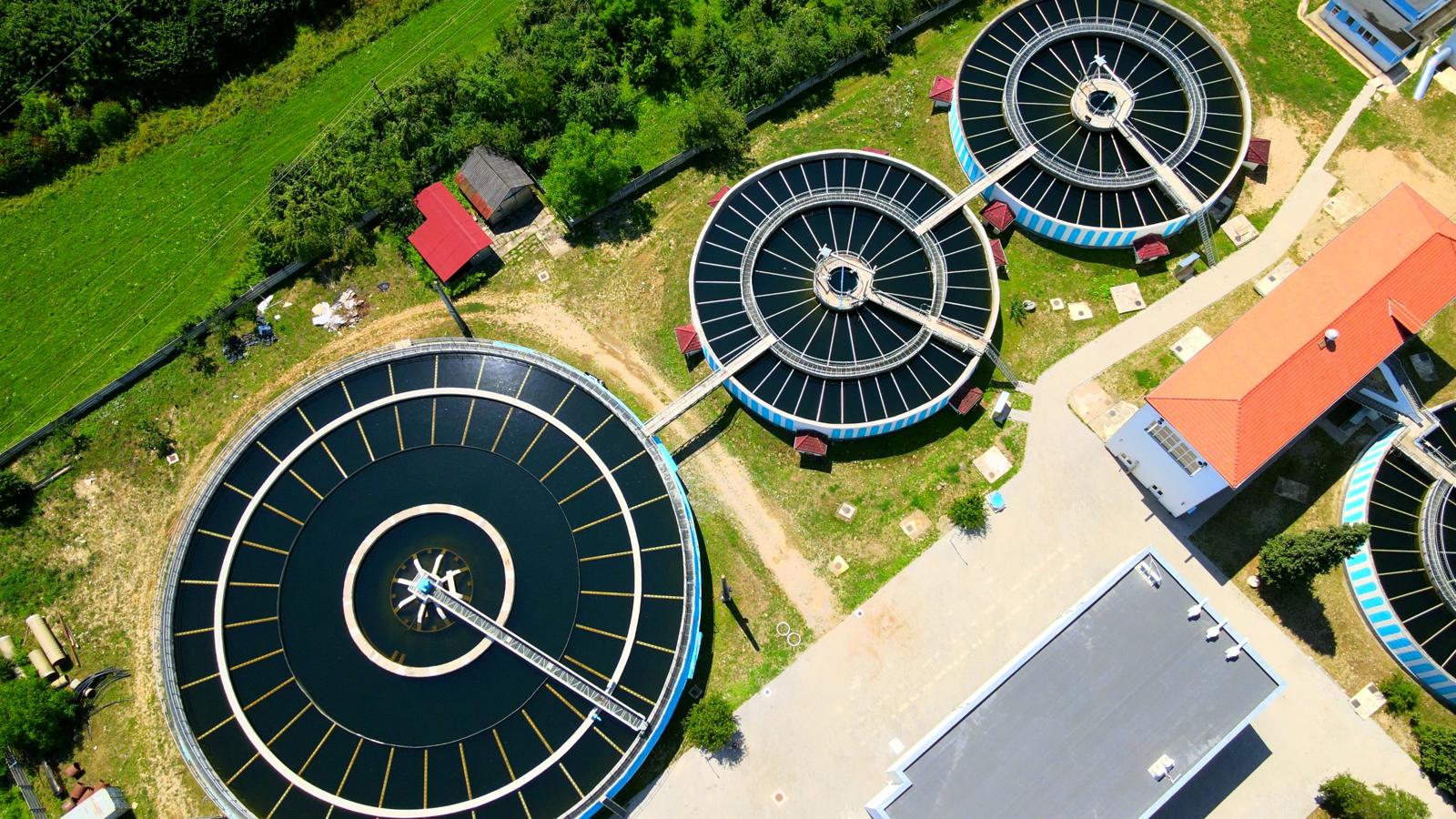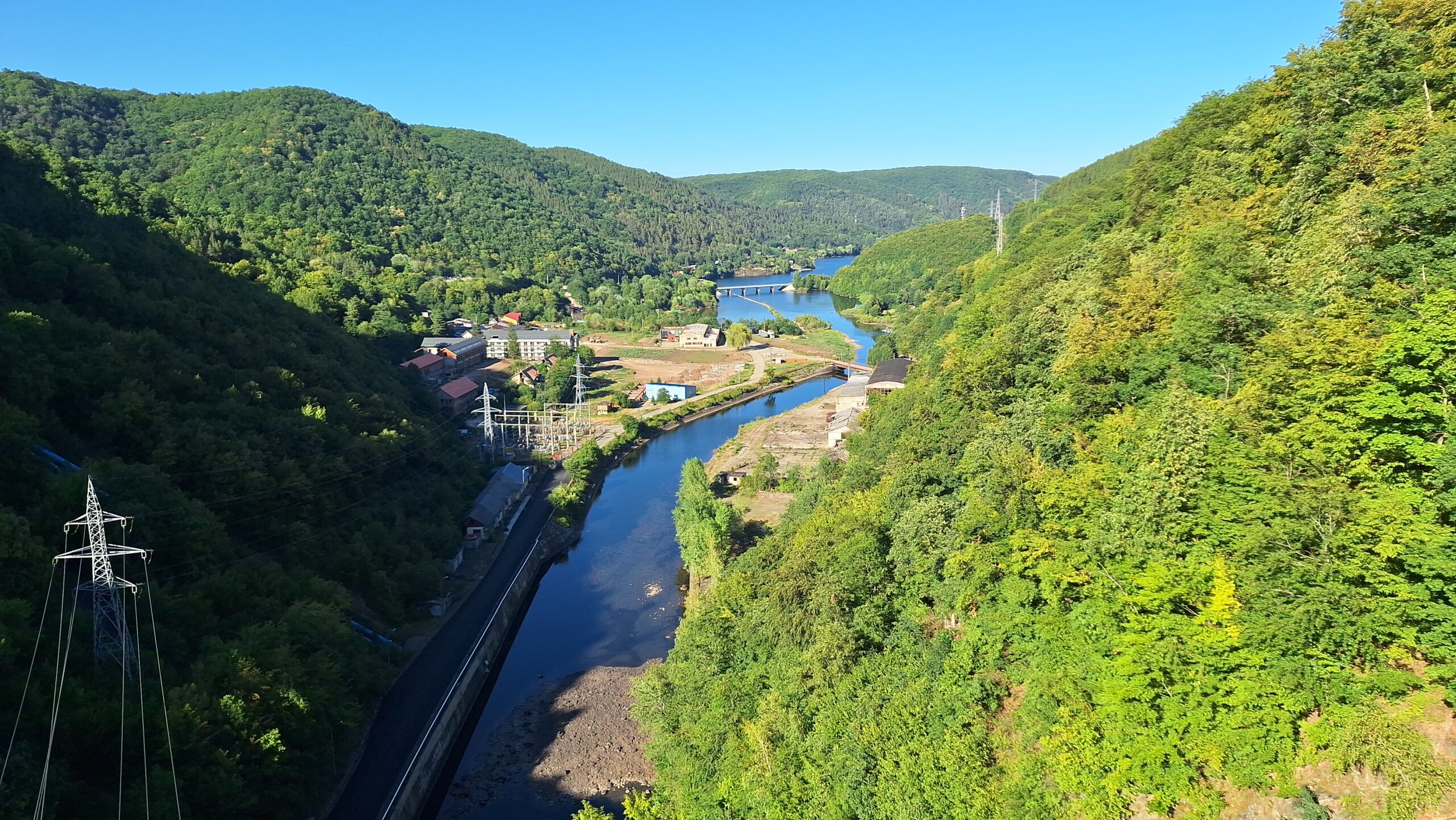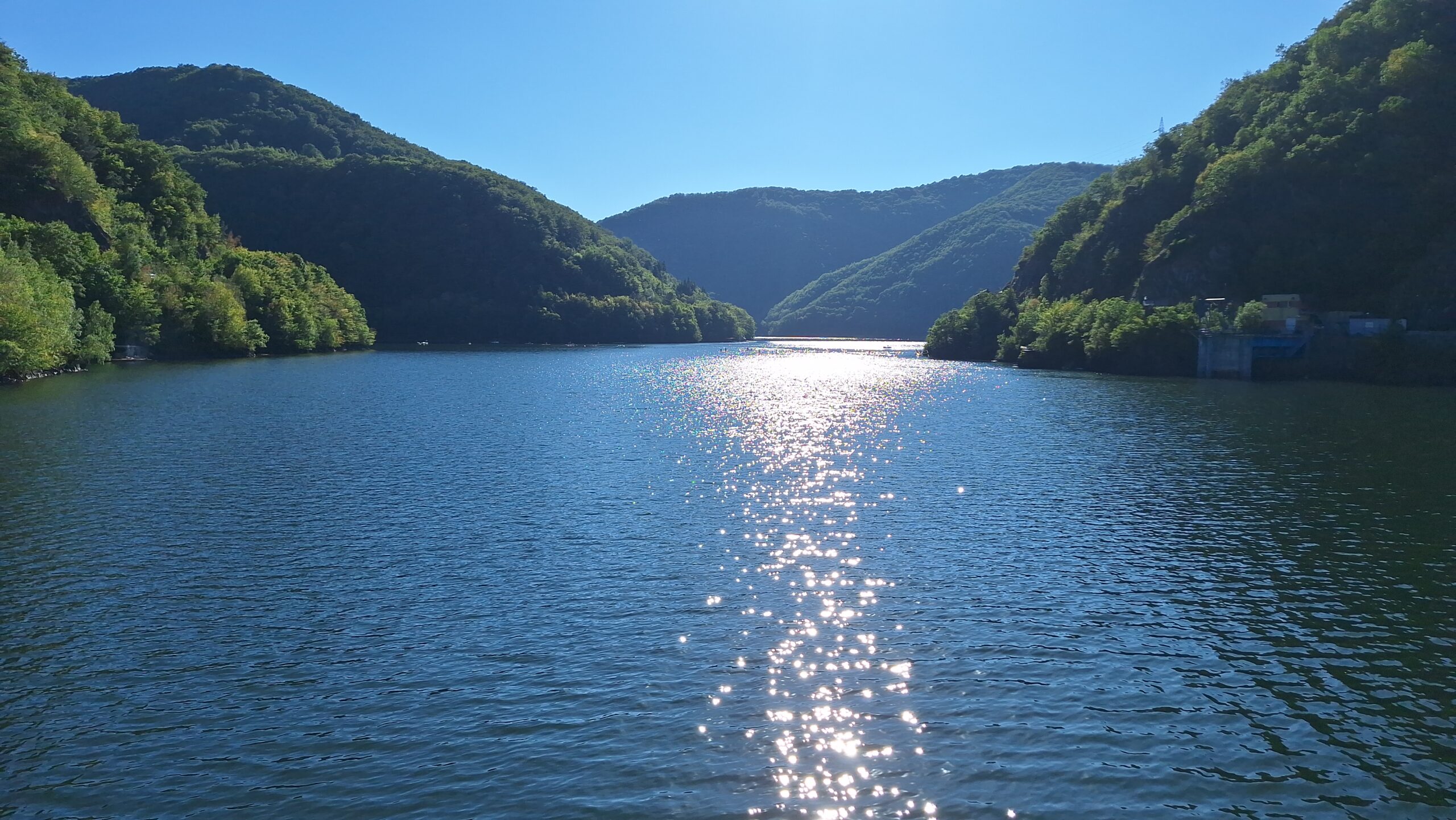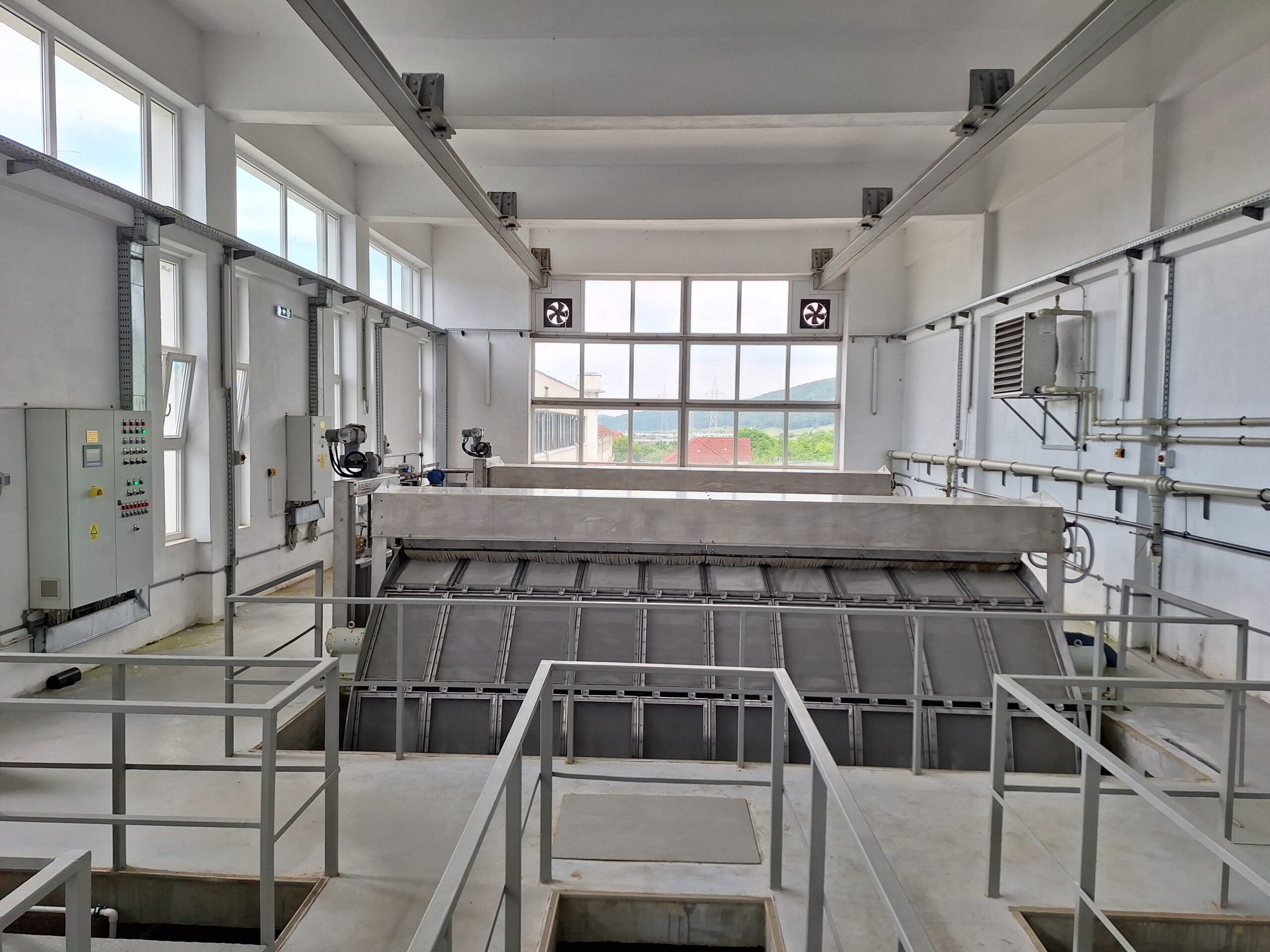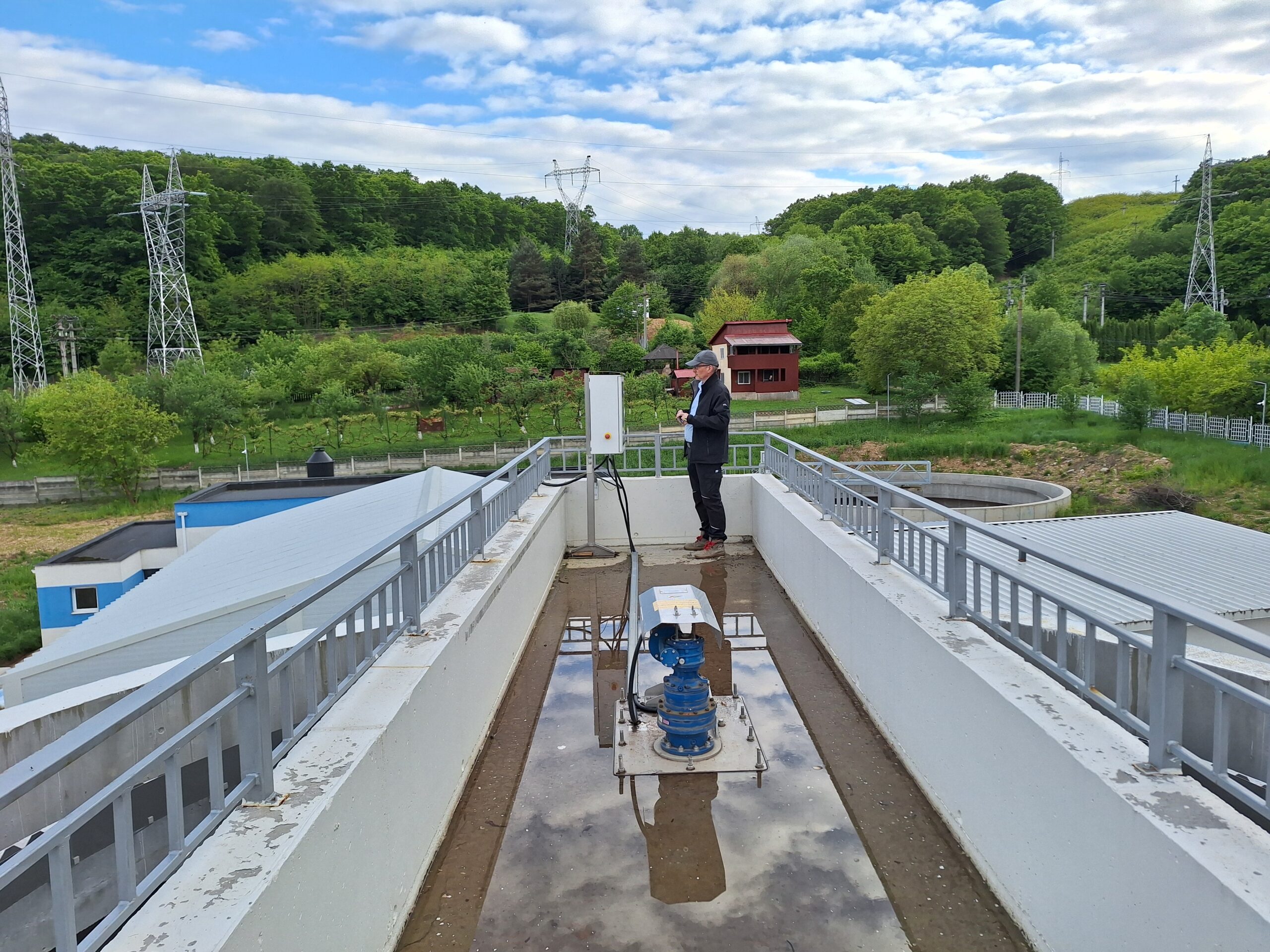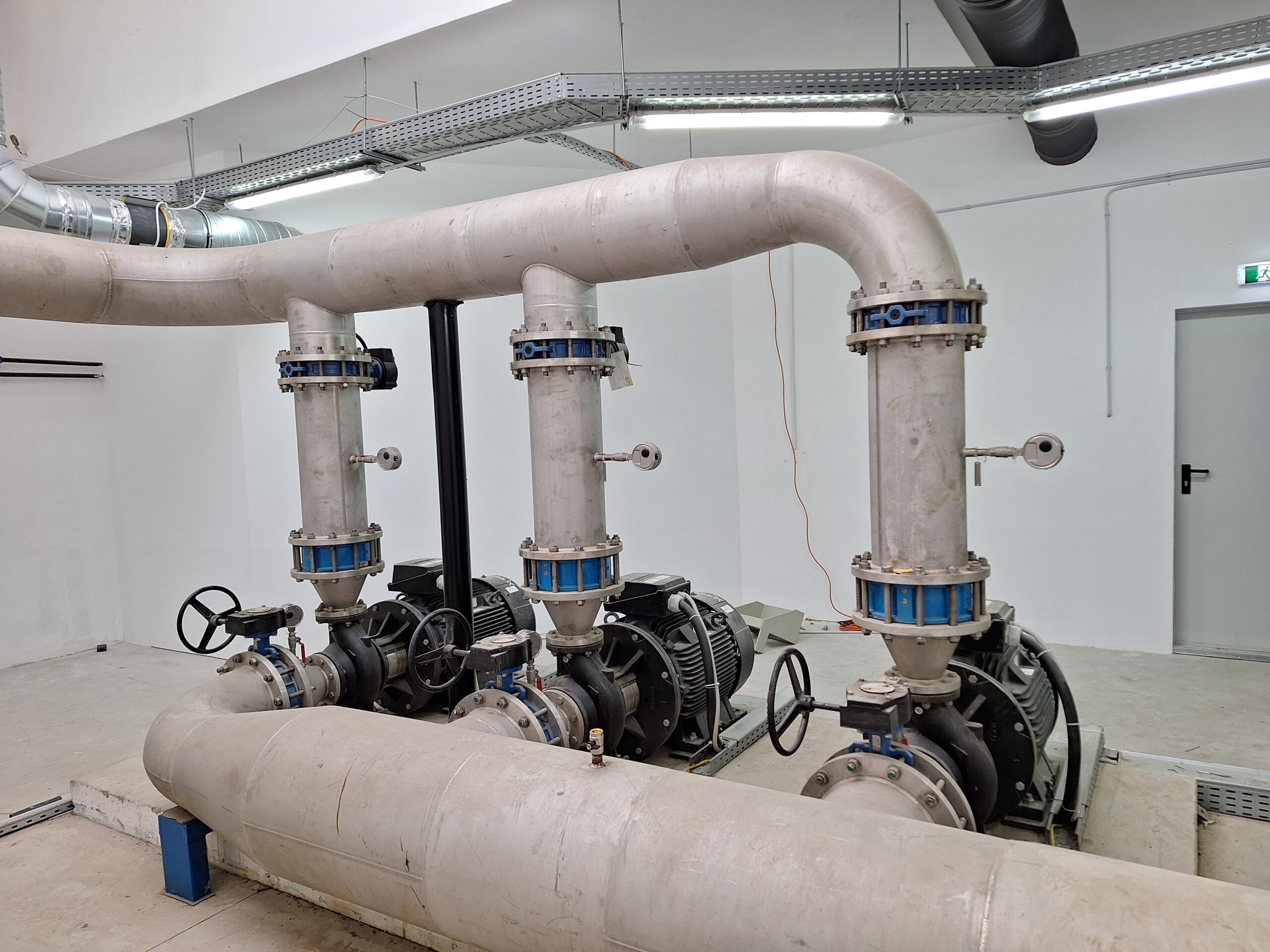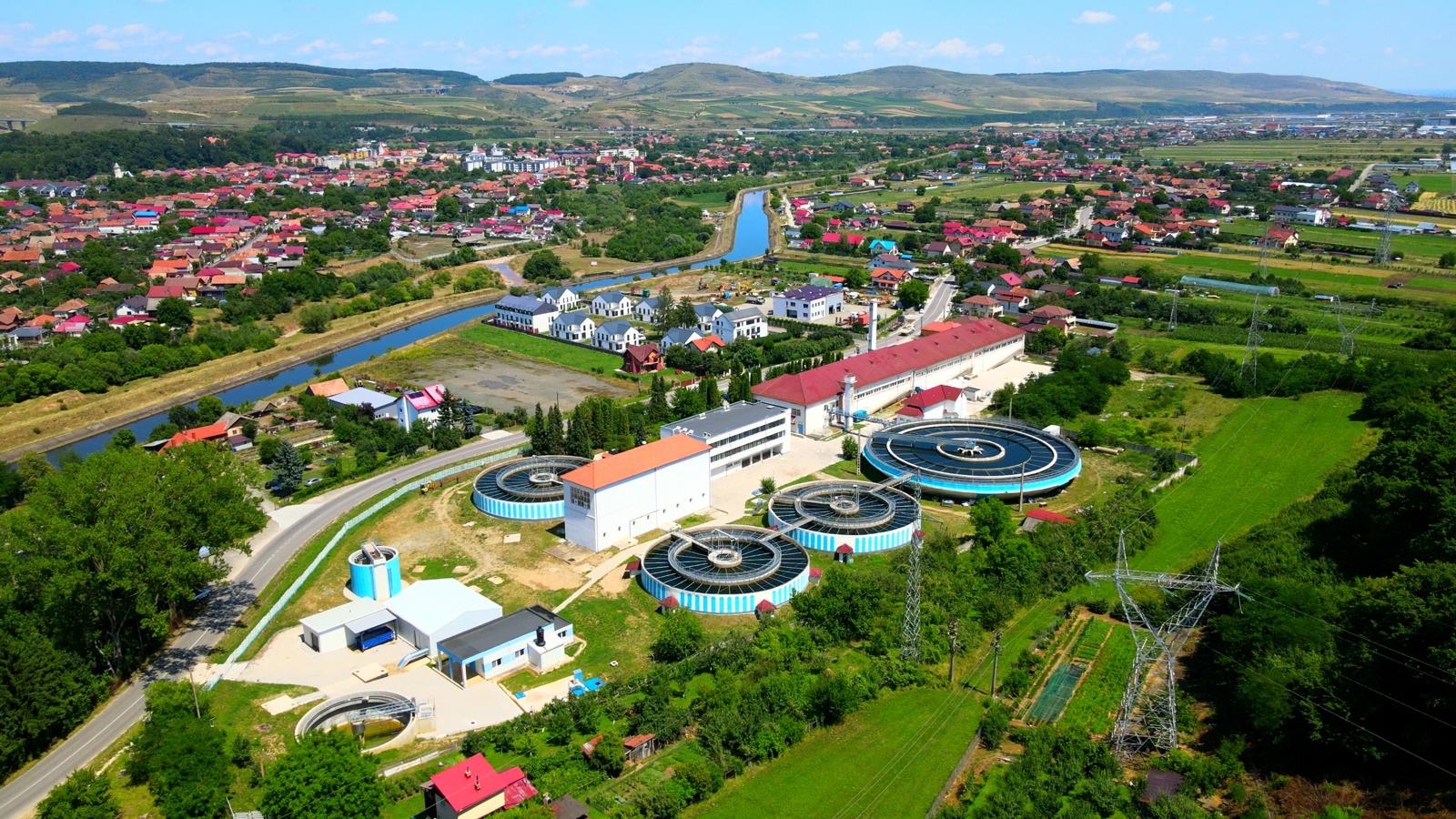
Published on:

With the successful commissioning of the new water line, Gilău is sending a strong signal in favour of security of supply and sustainable technology in the region.
The Gilău drinking water treatment plant is located in the village of the same name on the north-eastern edge of the Apușeni Mountains, around 16.5 kilometres south-west of the city of Cluj-Napoca. Construction began in the early 1970s and the plant went into operation in 1973. In the decades that followed, it was gradually expanded: first in 1978 and then again in 1995. Today, Gilău is one of the most important drinking water supply plants in the region.
With an impressive capacity of 228,960 cubic metres per day – the equivalent of 2,650 litres per second! – the plant supplies several towns and villages with high-quality drinking water around the clock. The main customer is the city of Cluj-Napoca; in future, the neighbouring district of Sălaj will also be integrated into the supply network with a capacity of 420 litres per second.
The raw water comes from three surface reservoirs: Tarnița as the main source and the Someșul Cald and Gilău lakes. The entire water transport within the plant takes place in free fall – a well thought-out concept that makes operation particularly energy-efficient. Only the local network in the village of Gilău is supplied via a separate pumping station.
The actual water line comprises several coordinated treatment stages. First, the raw water is pre-chlorinated and then treated with aluminium and lime additives for coagulation. In four microfiltration units connected in parallel, the water passes through drum filters with a mesh size of 80 micrometres. This is followed by decantation in four sedimentation tanks – three with a diameter of 30 metres and one with a diameter of 48 metres – before the water is fed into 15 large-area rapid filters made of concrete. There it is channelled in two directions through sand filter layers and automatically backwashed if necessary – a combination of air and water flushing ensures that the filter units are cleaned. The backwash system itself is interesting: The required rinsing water is pumped from the storage tanks into an elevated tank using transfer pumps, from where it is returned to the sand filters by gravity.
After filtration, the treated water is channelled into three large tanks. The final disinfection takes place through the controlled addition of chlorine in these storage tanks. From there, the drinking water is transported to Cluj-Napoca via two parallel DN1000 and DN1400 pipelines on a free fall.
The handling of process residues is also well thought out: The water produced during backwashing and the resulting sludge are further treated in a newly constructed sludge line. Here, the residues and sludge are separated from the water and the resulting water is pumped back into the plant. This ensures that the rinsing water is completely reused – a closed, resource-saving cycle.
A new 300 kW small hydropower plant was built to utilise the existing head in the intake of the Gilău drinking water plant. In future, the electricity generated will cover a large part of the electricity consumption of the entire plant.
The Gilău plant is an impressive example of robust engineering, continuous development and sustainable water supply at a high level – not only for Cluj-Napoca, but soon also beyond the city limits. Special thanks go to the entire team, who contributed to the successful realisation of this project with great commitment and expertise.
